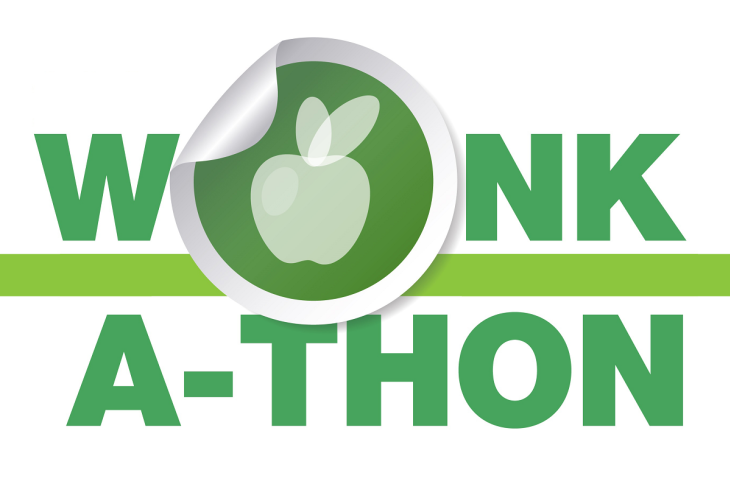During this past summer, Family Engagement Lab facilitated a gathering of parents to discuss parent-teacher partnerships at their elementary school. During the discussion, the group moderator pulled us aside to let us know that a parent was there because her child had been retained a grade and she did not know why. A few weeks later at another gathering, we were pulled aside by the moderator again, this time to tell us about a parent whose child was receiving decent grades throughout the year but scored poorly on the state test and now needed summer remediation.
In both cases, the parents were not fluent in English, and their children attended schools where nearly all teachers and staff only spoke English. This barrier often limits the two most important figures in a child’s life—parents and teachers—from communicating early to identify problem areas and partnering together to support struggling learners. Language is only one of several barriers to parent-teacher collaboration. Limited time and resources, as well as cultural differences, can make even basic communication challenging.
For many parents, their kids are doing “great” until quite suddenly they are not, leaving parents wondering why they were not informed sooner so they could have done something to help. Research from Learning Heroes highlights that this disconnect is a significant national concern, with 89 percent of parents believing their child is on track, while only 36 percent of students are actually meeting grade-level standards.
The consequences are severe. English learners make up 9.5 percent of public school students, and 16 percent of kindergarteners nationally, yet proportionately far fewer achieve academic proficiency compared to their English-speaking peers. For example, national data reveal that ELs are far less likely to achieve proficiency compared to non-ELs in mathematics (14 percent versus 43 percent) and Reading (9 percent versus 40 percent). For low-income students, the data are also troubling, as students from economically disadvantaged backgrounds typically enter school behind their peers academically—and they never catch up. The long-lasting negative impacts associated with academic underachievement are well-documented and range from lower high school completion rates to lower earning potential and underemployment.
But parents hold incredible potential for positively altering the trajectory for students who are behind. In fact, parent engagement in at-home learning has been found to have more than twice the effect on student test scores than risk factors like parents’ education level or socioeconomic status.
Fellow wonks, we need to do a better job of inviting parents into their child’s learning process, early and often. When parents are not plugged into their child’s learning, we miss the opportunity to build the key relationship between parents and teachers that sets students up for success. When parents are invited to collaborate with teachers to support learning, we open the door for positive relationships that are marked by regular, ongoing, two-way communication about learning. Teachers know more about their individual students’ needs and are able to better meet those needs in the classroom, and parents are inspired to provide extra encouragement and support at home. Gone are the days when communication occurs primarily when there is a problem, and oftentimes, when we’ve missed opportune windows to intervene.
We founded Family Engagement Lab to improve student achievement by helping schools and teachers ignite the power of families to support learning. Through listening sessions and research with families and teachers, we developed a tool called FASTalk (Families and Schools Talk), designed to break down the barriers that can prevent effective parent-teacher collaboration and meaningfully improve academic achievement for vulnerable students. FASTalk helps to:
- Build parents’ knowledge and confidence through weekly tips and activities sent via text, in their home language. Importantly, all tips and activities are aligned to high-quality curricula, connecting families with key information about classroom instruction and how they can help support that learning at home.
- Strengthen key relationships between parents and teachers from the moment children start their formal education. All FASTalk text messages come from their child’s teacher, parents’ most trusted source of information to support learning (e.g., see Deloitte, 2016). Furthermore, messages are delivered with warmth and gratitude and promote ongoing, two-way communication about learning through weekly polls that allow parents to provide feedback on their experience with the activities.
- Make ongoing academic partnership easy for busy teachers and parents. FASTalk’s parent-child learning activities are tied directly to classroom learning and easy to do anywhere. Messages are pre-loaded and pre-scheduled for teachers (who, as we know, have a lot on their plates already).
FASTalk is having an impact on the academic achievement of struggling students. FASTalk helped four times as many kindergarten students who were the furthest behind on the development of key literacy in the fall meet literacy benchmarks midyear. When looking at report card grades, we found that grade acceleration was most pronounced (two to three months) for students whose families did not share a common language with the teacher.
By inviting parents to collaborate in student learning and strengthening the relationships between parents and teachers, we can help a range of students who are at risk for falling several grade levels behind: English learners in urban districts, rural families with limited internet connectivity, special education students, children living in poverty, and others.
The adoption and implementation of high-quality curricula nationwide is raising the bar for what students should know and be able to do. Families are ready—and motivated—to support their learning. Let’s foster positive relationships between teachers and families to ensure that all students, especially those who are the most vulnerable and furthest behind, have the opportunity to meet and exceed these expectations.


